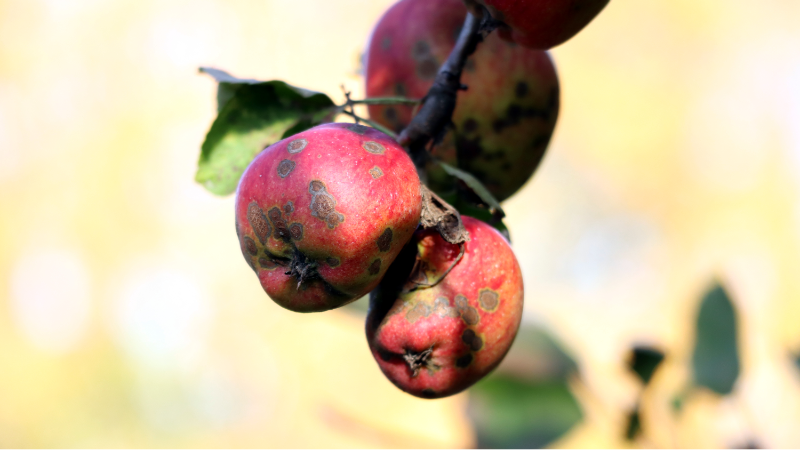“Whatever you are doing, ask yourself, ‘What’s the state of my mind?’”
– Dalai Lama, 1999
Mindful describing is a skill of mindfulness. Baer et al (2006) described five factors associated with mindfulness. These factors are: observe, describe, act with awareness, non-judge and non-react. These five factors can be measured by several instruments, and have been shown to be good predictors of psychological symptoms and/or psychological resilience. While these five factors are interrelated, they are also distinct and separate domains. For example, the skill of observing is separate from the skill of describing, but one cannot describe without first observing, therefore these skills overlap to some degree. Taken together, these five factors, or skills, constitute a state of mindful awareness.
Mindful describing may be defined as focusing on the details of an event or activity, sensing the components of that activity, and then defining the experience.
The skill of describing first involves observing the smallest details of an object, event or activity. When we are in a state of mindful awareness, we approach each daily activity as if we are experiencing it for the first time. To practice the art of describing, approach each new experience by examining as many dimensions of it as you can. You can probably readily identify with the fact that the color of an apple is red, or perhaps yellow or green, but have you ever thought about what an apple sounds like? Is there a distinct quality of an apple that would make it identifiable only by sound? What would a blind person’s experience of an apple be? When you think of apples, do you have any emotional reaction to them? Do you have any positive memories about apples? What about negative memories? By identifying and labeling these feelings and thoughts about apples, we become more aware of our internal experiences relating to apples.
When we gain experience with this technique, we can apply it to other areas of our lives as well. For example, by looking at your negative thought processes, and identifying and labeling them as such, you are better able to recognize them simply as processes, and not as part of who you are as a person.
A child’s experience of the world is vastly different from an adult’s experience of the same world. To a child, the world is new each day. Children approach the world each day with a sense of wonder. As we get older and learn about things, we learn what to expect by learning how things usually work. This is usually a good thing. For example, if you learn that dogs may bite, you will probably approach a new dog with caution, as a matter of safety. But what if it’s a friendly dog?
Our assumptions can work to protect us, but sometimes our assumptions can work against us as well. If you approach all dogs as dogs that might bite, you’re naturally going to avoid dogs more. You may even miss an opportunity to play and roll in the grass with a friendly dog because your assumption may be “all dogs bite.”
What about people and relationships? If you’ve been hurt in a relationship, your assumptions might include “all people bite.” Such an assumption will color the way you approach new people. If you assume that all people are unfriendly, how is a new person likely to react to you? By learning the art of describing, we can focus more on the whole person (or dog!) and see that each individual has both positive and negative qualities. We can choose which qualities to focus on based on the assumptions we make in our interactions with them.
While it is probably impossible to achieve a state where we are totally free of any assumptions, the more assumptions we make, the more we increase the risk of making an incorrect assumption. Therefore one of the goals of Mindfulness is to achieve what is known as childlike mind or beginner’s mind. In this state we start each day with a blank slate, and allow the day to write on it what it will.
From an attitude of beginner’s mind, we can then more fully use the skill of describing, by seeing things in a new way, as if for the first time. The more we use the skill of describing, the more open we become to seeing things in new ways. Once we learn to see things in a new way, new solutions to old problems may present themselves.
Baer, Ruth & Smith, Gregory & Hopkins, Jaclyn & Krietemeyer, Jennifer & Toney, Leslie. (2006). Using Self-Report Assessment Methods to Explore Facets of Mindfulness. Assessment. 13. 27-45. 10.1177/1073191105283504.

